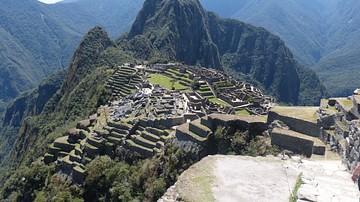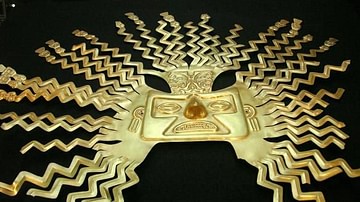Video
Cite This Work
APA Style
Museum, T. B. (2015, February 23). Inca ushnus: landscape, site and symbol in the Andes. World History Encyclopedia. Retrieved from https://www.worldhistory.org/video/583/inca-ushnus-landscape-site-and-symbol-in-the-andes/
Chicago Style
Museum, The British. "Inca ushnus: landscape, site and symbol in the Andes." World History Encyclopedia. Last modified February 23, 2015. https://www.worldhistory.org/video/583/inca-ushnus-landscape-site-and-symbol-in-the-andes/.
MLA Style
Museum, The British. "Inca ushnus: landscape, site and symbol in the Andes." World History Encyclopedia. World History Encyclopedia, 23 Feb 2015. Web. 06 Apr 2025.





